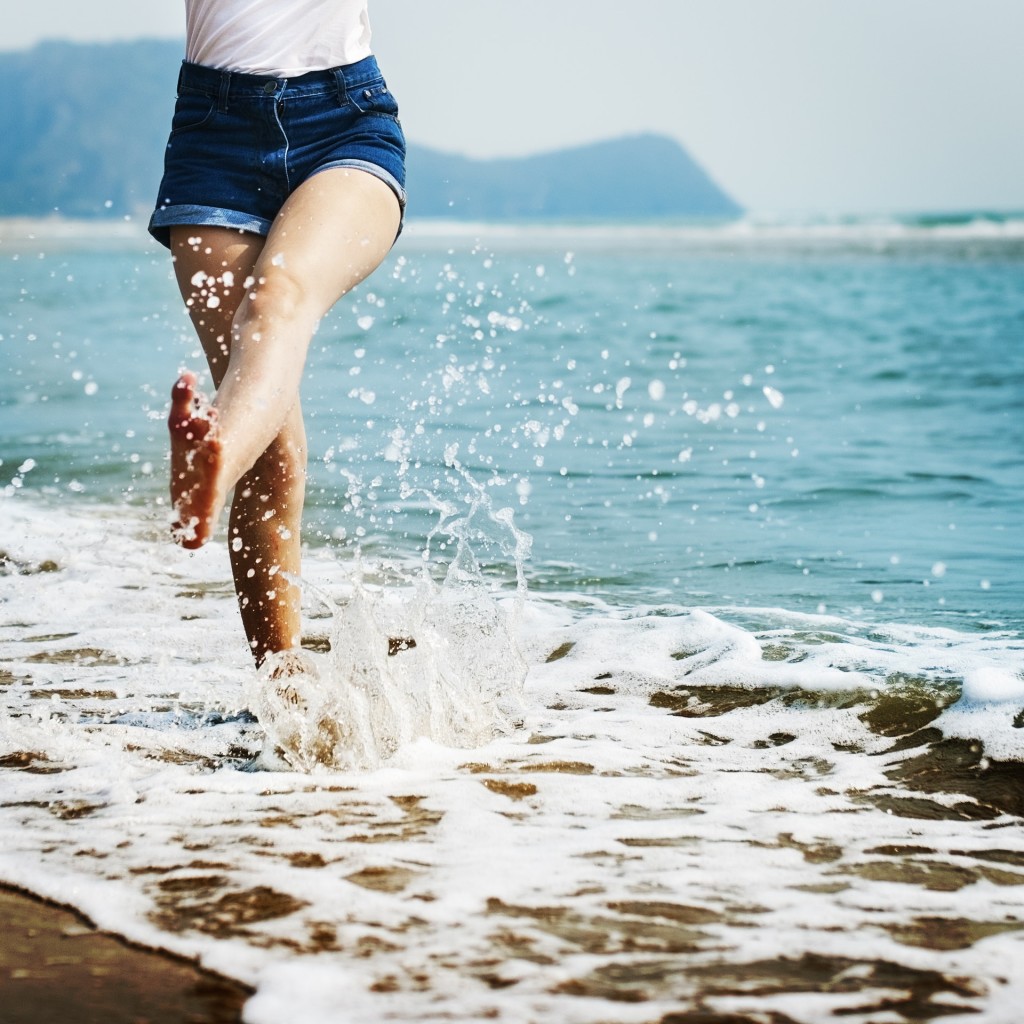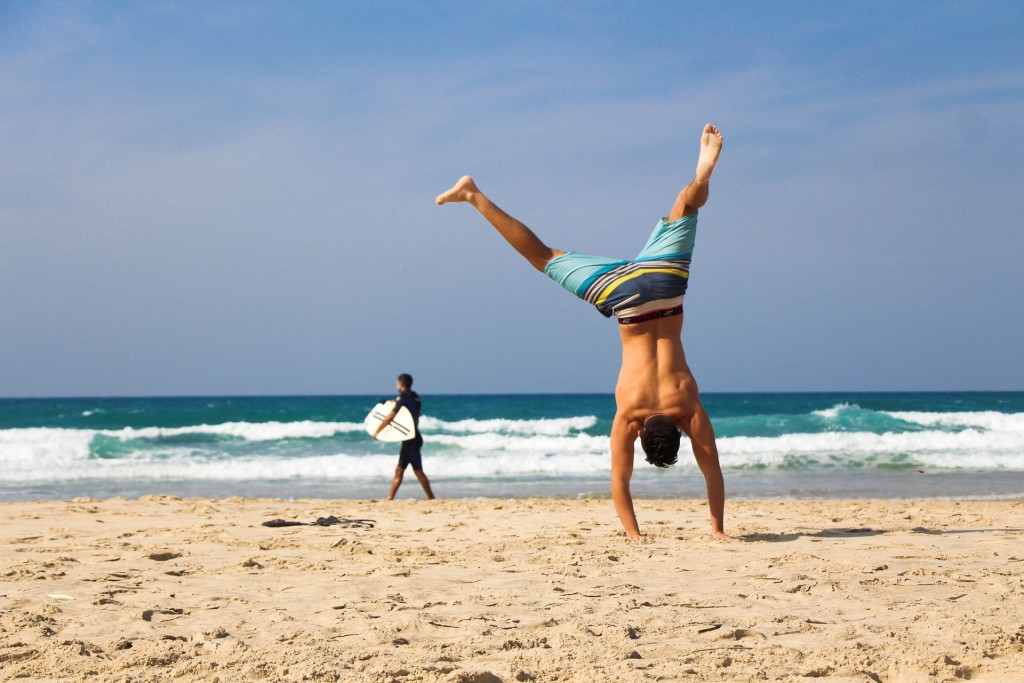Do I Even Really Need Sunscreen? Everything You Need to Know About Using Sunscreen This Summer!
When it comes to sunscreen it’s easy to fall into one of two categories. Either you lather it on in crazy amounts or you simply apply a light, general layer of it, in hopes that the high number on the label will counter-act the small amount you just applied. But how do you know what’s a happy medium and what level of SPF actually provides the best protection from those harsh UV rays?
Well, with the start of summer and its extended daytime upon us, it’s time to figure these questions out!
SPF Levels & What They Mean
When it comes to the different levels of SPF, the number on the label doesn’t necessarily equate to effectiveness, but rather how long it would take to burn. So, other than time, SPF50 really is no different than SPF30. In fact, dermatologists recommend always reapplying sunscreen, regardless of protection level and product claims, every two hours. The level of protection is secondary to the frequency at which you should be applying sunscreen. Keep in mind, the more sunscreen you add does not equate to added time in the sun before reapplication, but make sure that you thoroughly apply it at least 30 minutes before you head out!
When it comes to UV radiation there are different forms of it, but many of us may not even know that it affects our skin in different ways. UVB (ultraviolet B) rays affect the surface level of our skin and cause sunburns. UVA goes a step deeper, literally. UVA rays sink deeper into the skin and cause wrinkles and skin aging. Most sunscreens cater to UVB, but because of the different ultraviolet rays, doctors recommend looking for sunscreen labeled as “broad spectrum” to make sure you’re getting all-around protection.
A trick to keep in mind if you’re not sure if you’re getting that “broad spectrum” with your current sunscreen is to look at the ingredients list, if it lists at least 3% avobenzone or 15% zinc oxide then you know you’re also getting protection from the UVA rays.
If you’re unsure of which level of protection to get, dermatologists suggest somewhere between SPF15 and SPF50. For everyday use, stick to SPF30, but if you know you’re going to be outdoors for a significant amount of time or being active you need to look for SPF50.
Why Experts Say You Should Never Wear Sunscreen Higher than SPF 50 | Insider
What Level of SPF Should You Buy? | L’Oreal Paris
Probing Question: What Does the SPF Rating of Sunscreen Mean | PennState
So What Sunscreen is Better, Spray or Lotion?
Oh yes, the debated question… or is it really even a debatable question? When it comes to sunscreen, what matters most is that you actually wear it! If you want to get technical, there’s a slight difference between the two and that’s how you apply it.
When it comes to spray, you need to apply at least six seconds per area of your body. A study done by FutureDerm resulted in what many of us do, apply a fraction of the recommended amount. As far as the lotion form is concerned, you should use ¼ teaspoon for both your neck and face.
Some preferential tidbits would be that lotions can be more hydrating (which can be good for those who have dry skin), whereas sprays are easy to apply.
Ultimately, when it comes to sunscreen, stick to a form that encourages you to apply it every day and throughout the day.
What’s the Difference Between Sunscreen Lotion and Spray? Here’s What You Should Know | Bustle
Sunscreen sprays, Lotions, or Sticks: Which is Best? | Women’s Health
Is a Spray Sunscreen Really as Effective as a Lotion? | FutureDerm
So ladies and gents if there is anything we learned here today, it would be to thoroughly apply sunscreen, be mindful to keep reapplying it and that there really is no difference between the levels of protection or spray and lotion.
So go out, enjoy summer, oh and don’t forget your sunscreen!


